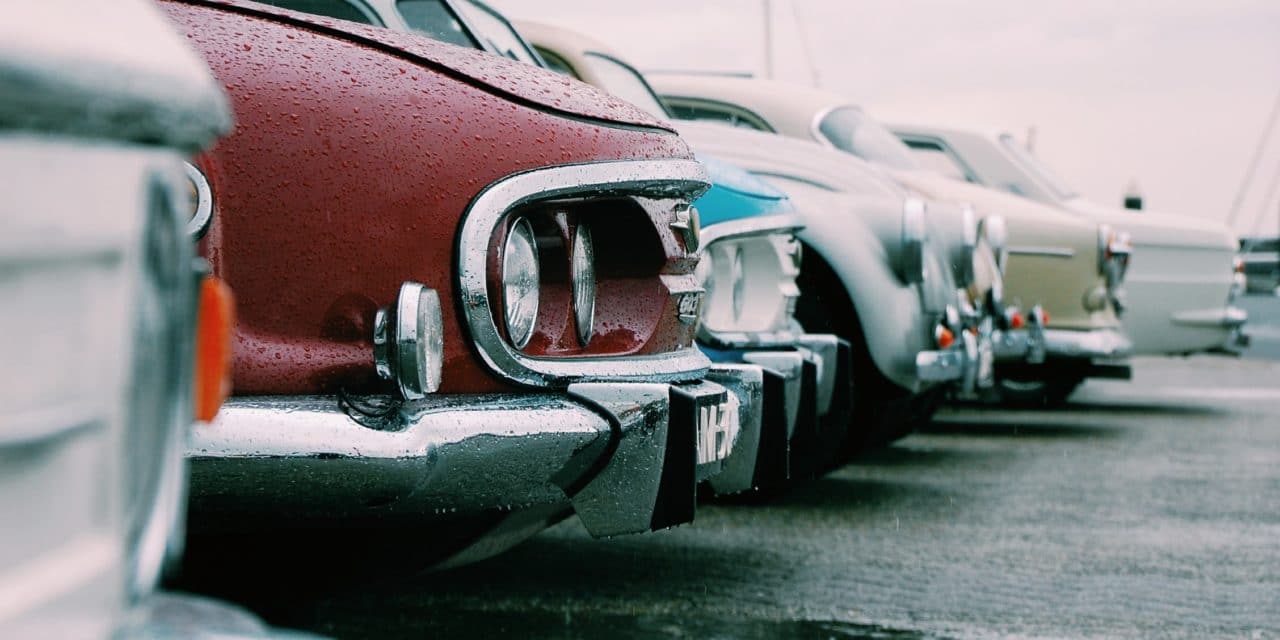Ever since Daimler and Maybach introduced the first primitively designed model Reitwagen in 1885, motorcycles have been a rage among the youth and adventure seekers. Usually viewed as powerful and fuel efficient vehicles, they dominate the markets in Asia and the United States, among others. There are a number of different models of motorbikes, as manufactured by different companies. They vary in structural designs, technical aspects, size, color, and so on. The sports bike requires a marked forward bent by the rider. The standard road version allows a straight posture with a little incline, depending upon the height of the rider. The cruiser versions are ergonomically suitable vehicles with low-lying seats and higher handles. The time taken and complexity involved in drawing a motorbike depends upon the model chosen. The following steps will guide you on how to draw a motorcycle:
• Reference: Select the type from among the sports, standard, and cruiser bikes. Choose your brand and then the model. The preferable colors for bikes are usually black or steel gray. However, a wide choice of shades is available these days. Lastly, pick a suitable picture or a true vehicle as your model for drawing. The entire process requires thorough research that be conducted through the internet, books, magazines, product catalogues, newspapers, etc.
• Geometrical frame: Whether your model is symmetrical or asymmetrical, you will need precision drawing tools to construct your bike. Draw a straight line, at a slight angle to the horizontal, along the length of the main body. Draw two tangential circles at both the ends of the line. The size of the two circles will vary if the front and rear wheels are of different sizes. Usually, the back wheel is smaller in such cases. To aid in the right placement and measurement of the wheels, you can use another straight line that is tangential to circles diametrically. Draw a large triangle with two angles inside the circles and the third one at the top of the handle. This will effectively cover the largest part of the bike's body. The length of the sides of the triangle will depend on the shape of the main body.
• Details: Start with an elongated egg-shaped fuel tank, followed by a curved seat. Now, define the front and back fenders, handlebars, muffler system, tires, exhaust pipes, silencer, headlights, rear view mirrors, etc. It is a good idea to have a clear and large reference image, as it helps in including all the relevant details in the drawing.
• Shading: Some minor shading effects may be needed that can be created by standard drawing pencil or appropriate colors. A completed pencil sketch of the vehicle is a complicated looking design. Therefore, colors are a good choice even for a bichrome (black and steel) model.

